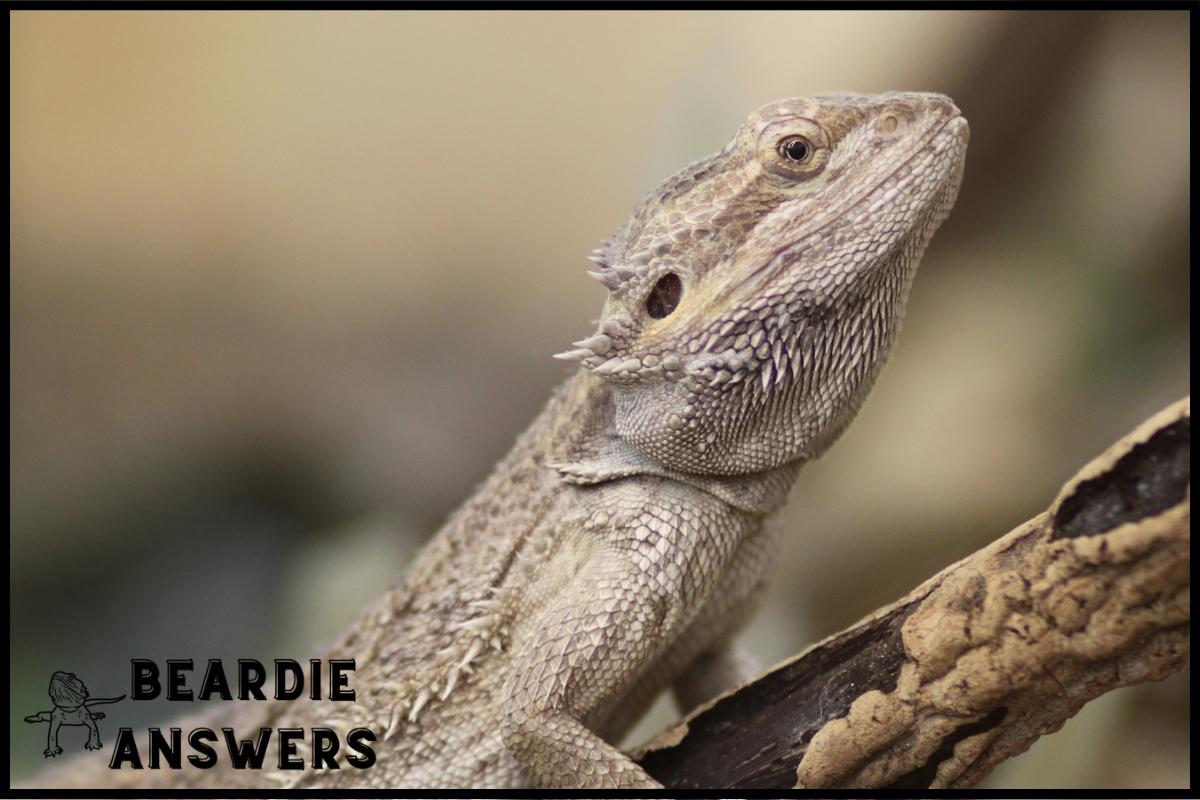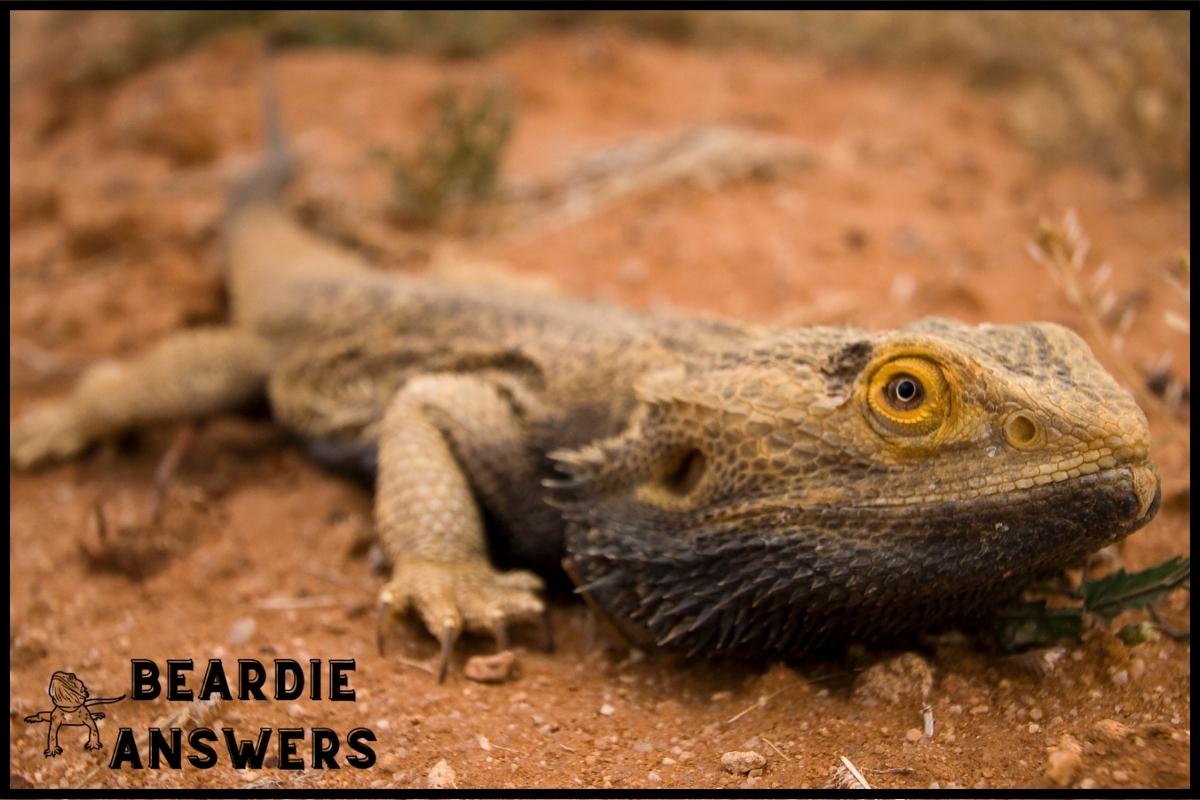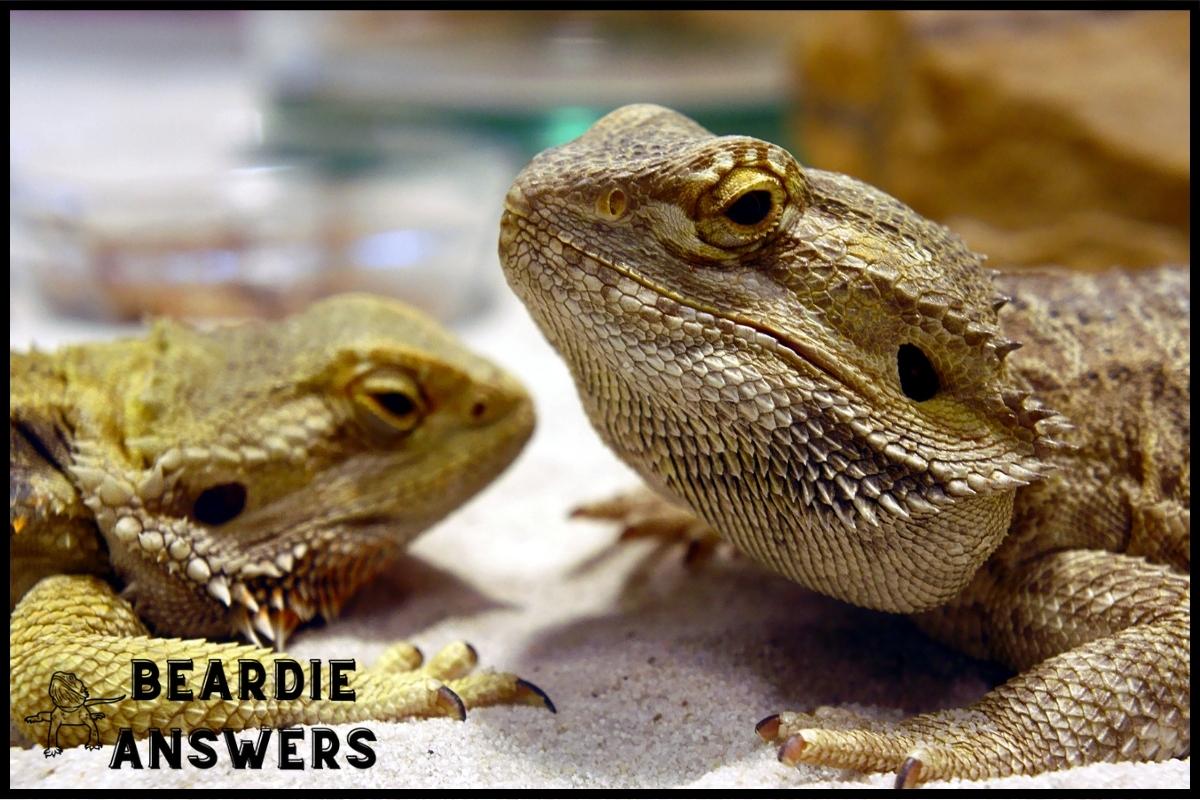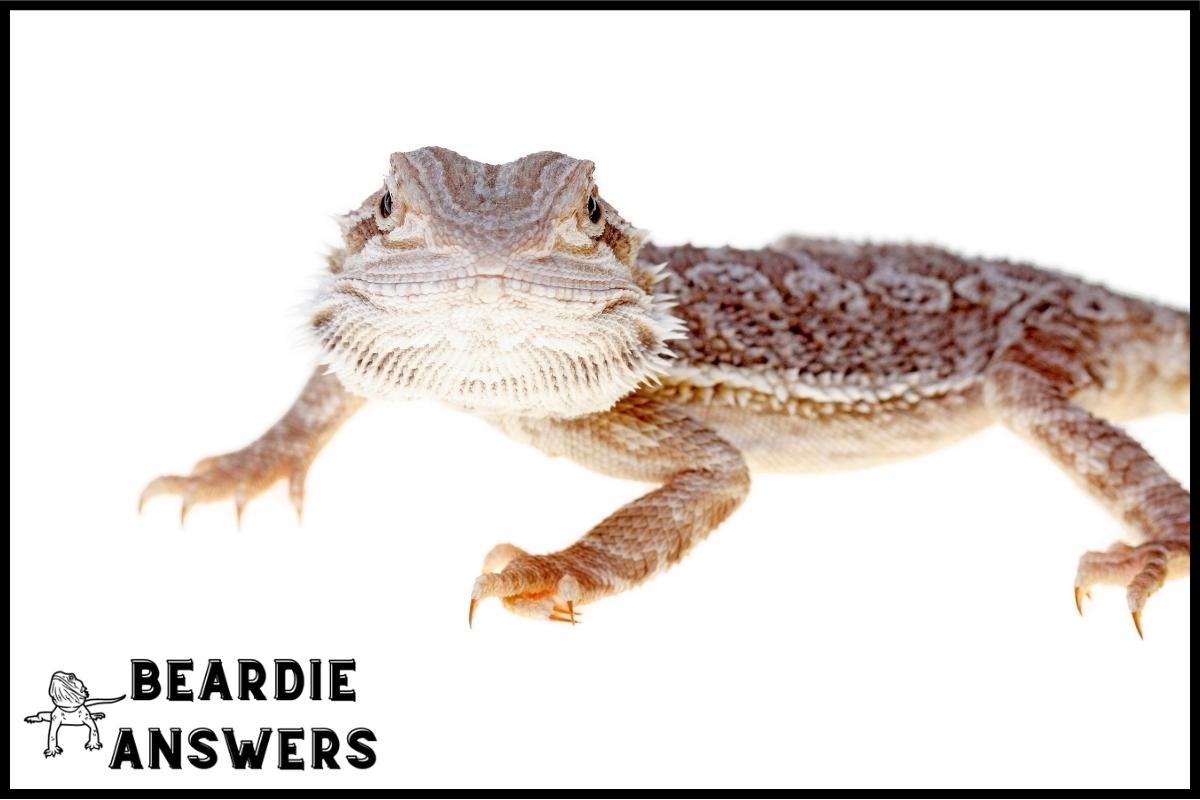Bearded dragons are known for their long lifespans, with an average lifespan of around 10 years in captivity. With proper care, some bearded dragons can live up to 15 years or more. Providing a healthy and stimulating environment, a balanced diet, and regular vet check-ups are essential to ensuring a long and healthy life for your pet.
What You'll Learn
Factors Affecting Bearded Dragon Lifespan
Bearded dragons can live up to 15 years in captivity with proper care.
Temperature regulation and enclosure setup are two of the most important factors when considering how long a bearded dragon will live in captivity.
Maintaining correct temperatures within the habitat is essential for their health, as too cold or overheating can have serious consequences on their metabolism.
Bearded dragons also require an appropriate size enclosure that allows them enough space for exercise and stimulation; this should include places to hide, basking spots, and items such as branches and rocks for climbing.
It’s important to understand not just what they need from a captive environment but also look at understanding their natural habitat and environmental needs so you can provide the best possible living conditions for your pet.
Understanding Their Natural Habitat And Environmental Needs
Bearded dragons, also known as Pogona Vitticeps, are native to Australia and live in deserts or dry areas. To ensure a long life for any bearded dragon in captivity, it is important to replicate their natural environment as closely as possible.
This includes providing the correct temperature range with appropriate heat regulation and adequate cage size. In the wild, these lizards prefer temperatures ranging from 75-85°F during the day that then drop by 5-10°F at night. A heating lamp should be used on one side of the tank so they can move away if necessary.
The enclosure needs to provide enough space for them to climb, bask and hide while having two different sides with different temperatures. As they grow bigger, larger cages will need to be provided; adults usually require tanks around 55 gallons in size.
Substrates such as sand should be avoided since beardies may accidentally ingest it which could lead to health issues like impaction or digestive problems. Instead it’s best to use something non-abrasive such as newspaper or reptile carpeting that can easily be cleaned daily with proper disinfectants.
With these environmental requirements met you can help your pet thrive and transition into ensuring optimal nutrition for them next.
Ensuring Optimal Nutrition
Now that we have established the natural environment and needs of bearded dragons, it is important to understand their nutritional requirements in order to ensure they stay healthy.
Bearded dragons are omnivores, meaning they eat a combination of plant-based foods as well as insects such as crickets or worms. It’s interesting to note that their diet in captivity should consist of 80% vegetables and 20% live prey.
Supplementing their diet with calcium powder is also necessary for optimal health, especially if there isn’t enough exposure to sunlight for them to absorb Vitamin D3 through UVB rays.
Exercise needs for these reptiles include regular opportunities for climbing and exploring which can be achieved by providing plenty of enrichment items like branches, rocks, vines, hammocks etc., allowing them to explore and express natural behaviors just like they would in the wild.
An interesting fact about bearded dragon exercise habits is that most juvenile lizards will not require more than five minutes of physical activity per day—it’s actually too much exercise that could lead to stress.
To keep your pet happy, content and relaxed it’s important to create an appropriate habitat where he/she feels safe from predators – both real and imagined! This means providing ample hiding spots around the enclosure along with comfortable temperatures throughout day and night.
With all this taken into consideration you are sure to provide a hospitable home for your beloved reptilian friend – one that allows him/her thrive in captivity. Now let’s look at ways we can create a stress-free environment…
Creating A Stress-Free Environment
Creating a Stress-Free Environment for your Bearded Dragon
Caring for and providing the best environment possible for your beloved pet is essential to ensure its longevity. In order to create the most stress-free environment, there are several things that you should keep in mind:
Socialization needs:
- Provide daily interaction with yourself or another person/pet if they have not been properly socialized.
- Make sure their enclosure provides enough space to move around and explore.
- If more than one dragon lives together, make sure the habitat is large enough so that each has plenty of space away from other dragons when needed.
Temperature regulation:
- Ensure proper lighting, heating, and humidity levels for optimal health and activity level.
- Monitor temperatures throughout the day as overheating can be dangerous. Consider installing thermometers in multiple areas of the enclosure to monitor temperature shifts.
- Check basking spots frequently during warm periods; it’s important to make sure temperatures don’t exceed 110°F (43°C).
Once these basic necessities are taken care of, it’s time to think about ensuring appropriate veterinary care—the next step in creating a stress-free home for your bearded dragon!
Providing Appropriate Veterinary Care
Providing appropriate veterinary care is an important part of ensuring that your bearded dragon lives a long and healthy life in captivity. Keeping on top of preventative care and regular checkups can help ensure that any health issues are caught early, which will improve your pet’s quality and length of life.
| Benefit | How to Achieve | Result/Benefit |
|---|---|---|
| Preventative Care | Vaccinations | Reduced Risk |
| Regular Check-Ups | Vet Visits | Early Detection |
| Diet & Exercise | Balanced Diet/Movement | Overall Health |
Taking the time to research what diet and exercise regime best suits your beardie is also essential for their longevity in captivity. A balanced diet with plenty of variety should be complemented by daily movement such as climbing or swimming, depending on how you have set up their habitat. Doing so helps keep them healthy overall and ensures they get the most out of the years they spend with you!
Monitoring health and age-related changes over time means being aware when something isn’t quite right with your bearded dragon’s behavior, appearance or eating habits. This could indicate underlying medical problems that need attention from a vet, making it essential to stay vigilant throughout their lifetime.
Monitoring Health And Age-Related Changes
Monitoring the health and age-related changes of a bearded dragon is essential in order to provide them with a long, healthy life. For example, when Jack purchased his pet bearded dragon, Lola, he was aware that proper care and attention would be crucial for her wellbeing.
This included socializing her regularly, making sure she had ample access to sunlight or artificial UVB light, as well as creating an environment with optimum temperature control. The first step towards achieving this is to make sure the enclosure has enough room for movement and playtime.
Allowing your beardie time outside its habitat can help it get used to human interaction and become more comfortable around people. Additionally, providing appropriate lighting such as full spectrum bulbs ensures that they receive all necessary nutrients from both natural sources like sunshine and artificial ones like reptile lamps. It also helps maintain the correct temperature gradient within their enclosure, which should range between 85°F (29°C) on the cool side and 95°F (35°C) on the warm end.
Finally, regular checkups at the vet are highly recommended since these reptiles can show very subtle signs of illness that may go unnoticed by owners. Regular weight monitoring will also allow you to keep track of any sudden decreases due to aging or poor nutrition; if identified early enough veterinarians usually have treatments ready so your beloved beardie can stay happy and healthy!
Conclusion
In conclusion, a healthy, well-cared for bearded dragon can live up to 15 years of age in captivity.
To achieve such success, it is important to understand their natural habitat and environmental needs, provide optimal nutrition, create a stress-free environment, and monitor health and age related changes.
With the proper care and attention given by an attentive owner, you can ensure that your beloved pet enjoys many happy years with you!
Indeed, caring for these gentle creatures brings its own rewards; after all, there’s nothing quite like seeing the joy on their faces when they are contented – truly heartwarming!

Hi! My name is Bryan, I am the “one behind the words” here are BeardieAnswers.com. I believe that providing quality care and nutrition is the best way to ensure the health of your pet. Every beardie is special and deserves the best care and attention. If you have questions about your bearded dragon, please don’t hesitate to ask! View My Full Author Page




